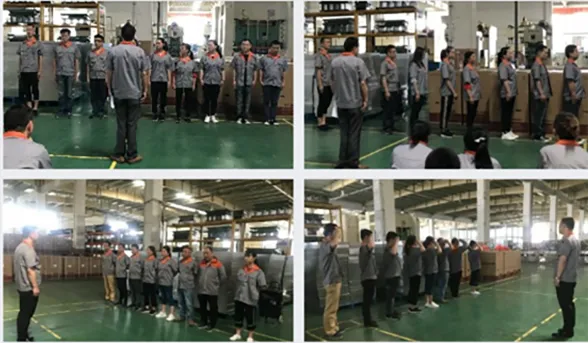Exploring the Benefits and Applications of Lightweight Gantry Crane in Modern Industries
The Rise of Lightweight Gantry Cranes in Modern Industries
In recent years, the manufacturing and construction sectors have witnessed significant advancements in technology, which has led to the development of innovative equipment designed to enhance productivity and efficiency. Among these innovations, lightweight gantry cranes have emerged as a pivotal solution for various industries. The lightweight gantry crane is a versatile tool that has revolutionized material handling processes, offering a range of benefits that cater to the demands of modern manufacturing and construction environments.
What is a Lightweight Gantry Crane?
A lightweight gantry crane is a type of overhead crane that is characterized by its simple and robust design, typically constructed from lightweight materials such as aluminum or high-strength steel. These cranes are designed to move loads efficiently across a specific area and are often equipped with wheels that allow them to be easily relocated. Unlike traditional cranes, lightweight gantry cranes offer a more mobile and flexible solution, enabling users to transport materials and equipment in confined spaces or uneven terrains with minimal effort.
Key Advantages
1. Portability One of the standout features of lightweight gantry cranes is their portability. Because of their reduced weight, these cranes can be easily maneuvered and repositioned according to the needs of different tasks. This flexibility is particularly valuable in warehouses, manufacturing floors, or construction sites, where space is often limited.
2. Ease of Assembly Lightweight gantry cranes are typically designed for easy assembly and disassembly. Most models do not require extensive tools or technical skills for setup, which allows teams to quickly erect or dismantle cranes as needed, saving valuable time during projects.
lightweight gantry crane

3. Cost-Effectiveness The initial investment in lightweight gantry cranes is often lower than that of traditional crane systems. Their modular design means that companies can invest in smaller units tailored to their specific needs without incurring the costs associated with larger, heavier equipment. Additionally, reduced operational costs due to the cranes' efficiency further enhance their economic appeal.
4. Increased Efficiency The design of lightweight gantry cranes allows for smooth operation and high load lifting. They can handle a variety of materials, including heavy machinery and construction materials, which increases the overall efficiency of operations. Companies can optimize workflows, resulting in faster project completion.
5. Versatile Applications These cranes are not limited to a single industry. They find applications in manufacturing plants, warehouses, workshops, and even outdoor construction sites. Their adaptability makes them suitable for lifting tasks ranging from assembly lines to construction projects where overhead lifting is essential.
Safety Considerations
While lightweight gantry cranes offer numerous advantages, safety remains a paramount concern in their usage. To maximize safety, it is essential for operators to adhere to proper load limits and follow best practices during operation. Regular maintenance checks are crucial to ensure that the equipment remains in optimal working condition, preventing accidents or malfunctions.
Conclusion
As industries continue to evolve and demand greater efficiencies, lightweight gantry cranes are set to play a vital role in shaping the future of material handling. Their combination of portability, cost-effectiveness, and versatility makes them an indispensable asset in modern manufacturing and construction environments. Whether to enhance productivity on the factory floor or facilitate complex lifting operations on construction sites, lightweight gantry cranes are revolutionizing how materials are managed, promising a more efficient and profitable future for businesses across the globe.
-
the-power-of-trolley-cargo-and-machinery-moving-solutionsNewsAug.22,2025
-
exploring-magnetic-lifting-devices-for-efficient-steel-plate-handlingNewsAug.22,2025
-
the-essential-guide-toportal-craneNewsAug.22,2025
-
enhancing-efficiency-in-permanent-magnetic-liftersNewsAug.22,2025
-
heavy-duty-machinery-movers-and-material-handling-solutionsNewsAug.22,2025
-
the-comprehensive-guide-to-adjustable-gantry-cranesNewsAug.22,2025
-
The Ultimate Guide to Heavy Machinery Moving EquipmentNewsAug.04,2025
